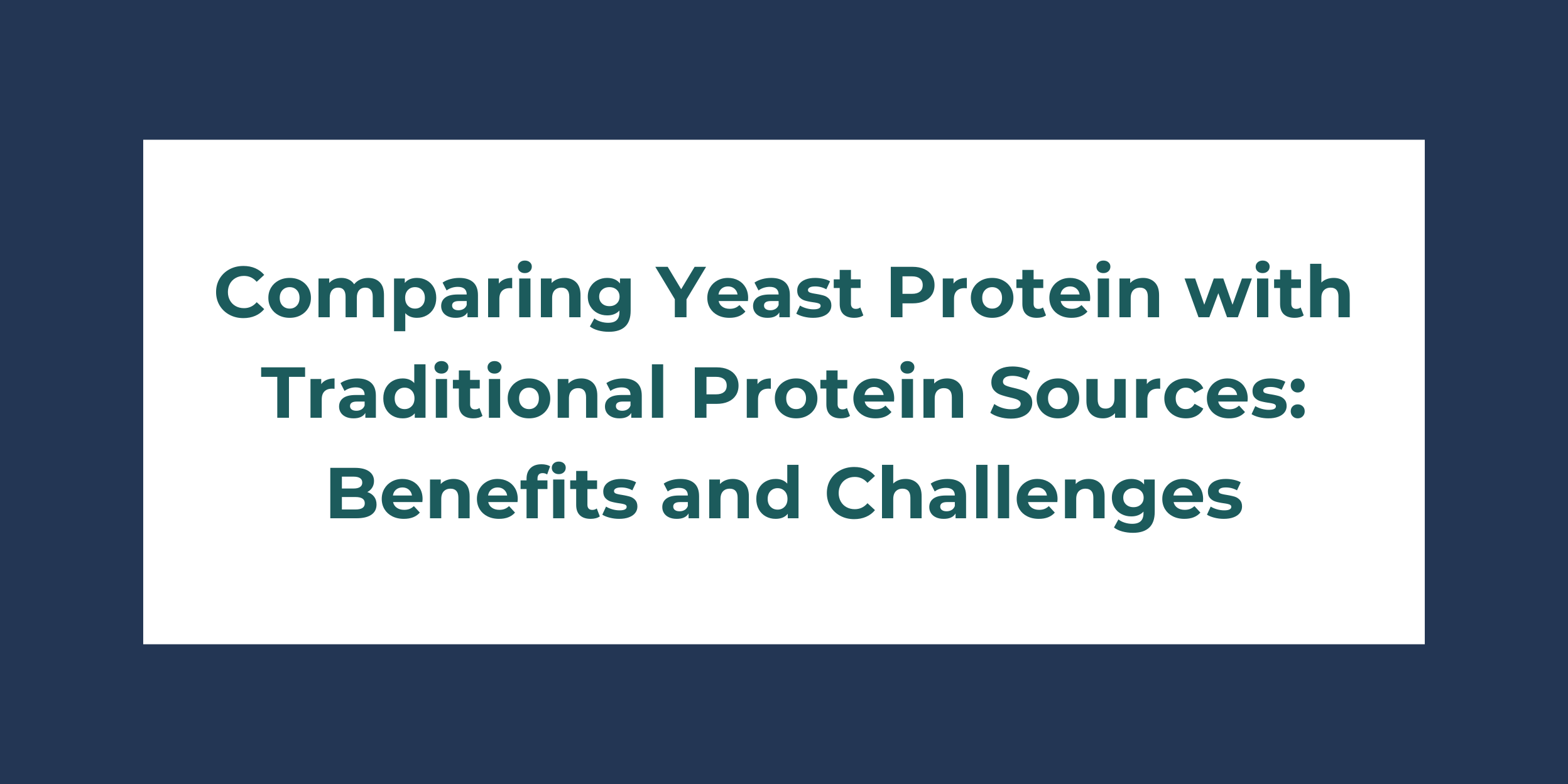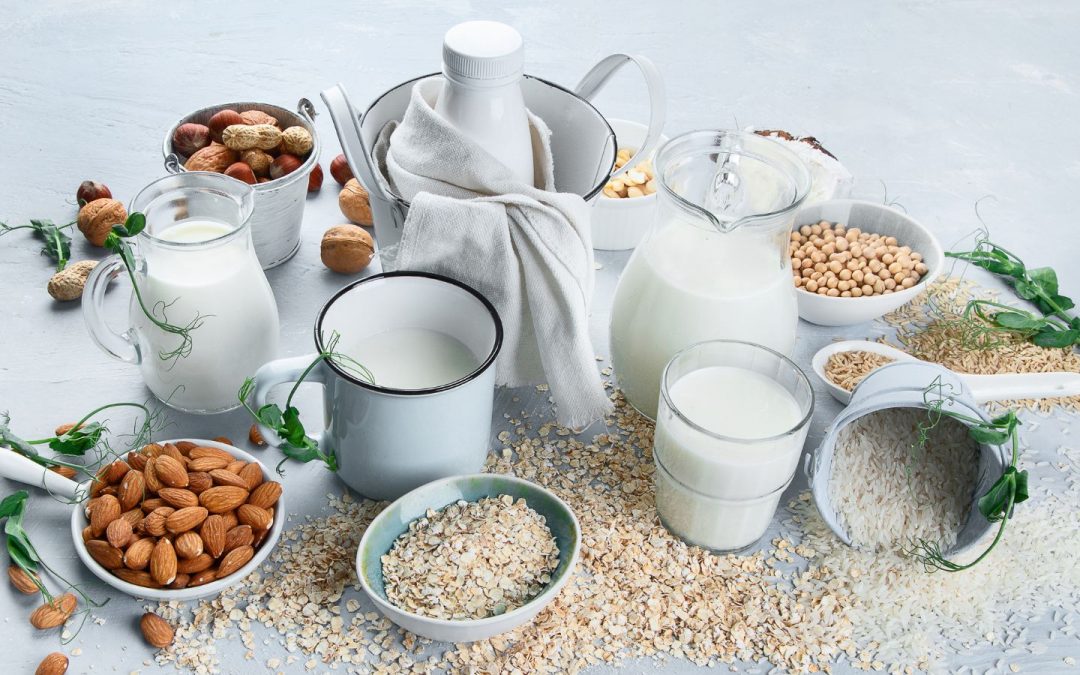In the evolving landscape of nutrition, alternative protein sources are gaining traction for their sustainability and health benefits.
Among these, yeast protein is emerging as a promising contender.
This article compares yeast protein with traditional protein sources, examining their benefits and challenges.
Understanding Yeast Protein
What is Yeast Protein?
Yeast protein is derived from various species of yeast, including Saccharomyces cerevisiae, commonly known as baker’s yeast.
It is produced through fermentation, a process that allows yeast to grow and multiply, creating a protein-rich biomass.
This biomass is then processed to extract the protein.
Nutritional Profile
Yeast protein is rich in essential amino acids, making it a complete protein source.
It also contains vitamins, particularly B-vitamins, and minerals like iron, magnesium, and zinc.
Additionally, yeast protein is low in fat and carbohydrates, making it a desirable option for health-conscious consumers.
Traditional Protein Sources
Animal-Based Proteins
Animal-based proteins include meat, poultry, fish, eggs, and dairy products.
These proteins are complete, containing all essential amino acids necessary for human health.
They are also rich in vitamins and minerals, such as vitamin B12, iron, and calcium.
Plant-Based Proteins
Plant-based proteins come from sources like legumes, nuts, seeds, and grains.
While many plant proteins are incomplete, combining different sources (e.g., beans and rice) can provide all essential amino acids.
Plant proteins also offer additional benefits, such as fiber and various phytonutrients.
Benefits of Yeast Protein
Sustainability
One of the most significant advantages of yeast protein is its sustainability.
Yeast can be grown rapidly and in controlled environments, requiring less land, water, and resources compared to traditional livestock farming.
This makes yeast protein a more environmentally friendly option, contributing to reduced greenhouse gas emissions and conservation of natural resources.
Health Benefits
Yeast protein is hypoallergenic, making it suitable for individuals with allergies to common protein sources like dairy, soy, or nuts.
Its high digestibility and complete amino acid profile support muscle growth and repair, similar to traditional protein sources.
Additionally, the presence of B-vitamins and minerals enhances overall nutritional value.
Challenges of Yeast Protein
Taste and Texture
One of the main challenges with yeast protein is its taste and texture.
Yeast protein can have a strong, distinct flavor that may not be appealing to all consumers.
Additionally, achieving a desirable texture in food products can be challenging, requiring advanced processing techniques and flavor masking agents.
Cost and Production
Currently, the production of yeast protein is more expensive than some traditional protein sources.
The fermentation process, although efficient, involves significant costs for equipment, energy, and raw materials.
As demand increases and technology advances, these costs are expected to decrease, but they remain a barrier to widespread adoption at present.
Benefits of Traditional Protein Sources
Nutritional Completeness
Animal-based proteins are naturally complete, providing all essential amino acids without the need for combination.
They are also rich in other essential nutrients, such as vitamin B12 and heme iron, which are more bioavailable than their plant-based counterparts.
Culinary Versatility
Traditional protein sources offer culinary versatility and are integral to many cultural cuisines.
They provide a range of flavors and textures that are well-accepted and enjoyed by consumers worldwide.
This makes them more straightforward to incorporate into various dishes and diets.
Challenges of Traditional Protein Sources
Environmental Impact
Traditional animal farming is associated with significant environmental impacts, including greenhouse gas emissions, deforestation, and water usage.
The livestock industry is a major contributor to climate change, making the search for sustainable alternatives increasingly urgent.
Health Concerns
Overconsumption of animal-based proteins, particularly red and processed meats, has been linked to various health concerns, such as heart disease, cancer, and other chronic conditions.
Additionally, some individuals have allergies or intolerances to specific animal proteins, limiting their dietary options.
Comparative Summary
Sustainability and Health
- Yeast Protein: Highly sustainable, environmentally friendly, hypoallergenic, and nutritionally rich.
- Traditional Proteins: Nutritionally complete but often associated with higher environmental impacts and potential health risks when consumed excessively.
Cost and Accessibility
- Yeast Protein: Higher production costs currently limit accessibility, though this may change with technological advancements.
- Traditional Proteins: Generally more affordable and widely available, though this varies by type and region.
Conclusion
Yeast protein presents a promising alternative to traditional protein sources, offering significant sustainability and health benefits.
However, challenges related to taste and texture need to be addressed to increase its acceptance and adoption.
Traditional protein sources remain nutritionally valuable and culturally significant but come with environmental and health considerations.
Balancing these factors can help consumers make informed decisions about their protein choices, contributing to a more sustainable and healthy future.








